A fertilizer spreader is an essential piece of equipment for those looking to maintain a healthy and prosperous garden or yard. This tool allows for the efficient and even distribution of fertilizer, decreasing waste and maximizing the benefits of the product while also minimizing the manual labor needed for larger areas.
Types of fertilizer spreaders
Handheld fertilizer spreaders are compact, convenient tools employed widely in gardening and lawn maintenance. Most models come equipped with a crank or trigger mechanism to control the rate and scope of fertilizer distribution. Given their design and capacity, handheld spreaders are most effective for small- to medium-sized lawns or gardens. In addition to sowing seeds and applying fertilizers, handheld spreaders can also be used for distributing ice melt during the winter months, making them a year-round gardening tool.
Pull-behind fertilizer spreaders, also referred to as tow-behind fertilizer spreaders, are effective for coverage on a larger scale. They spread fertilizers over a broad radius, typically spanning several meters, which leads to an efficient application over vast areas. They often come equipped with larger hopper capacities, accommodating a substantial amount of fertilizer. This permits the treatment of large lawns or fields without a need for frequent refilling.
Drop fertilizer spreaders are a valuable tool for those aiming for the precise application of fertilizers and other granular garden-care products. They discharge the products directly onto the soil, allowing for accurate and controlled applications while minimizing waste and avoiding undesired distribution to nearby paths or beds. Beyond fertilization, drop spreaders are accurate in sowing grass seeds, providing an evenly distributed layer of seeds for coherent growth.
Advantages of fertilizer spreaders
A significant advantage of fertilizer spreaders is their ability to evenly distribute fertilizer. This benefits by reducing grass burn and assuring all parts of the lawn receive a fair share of nutrients. This uniform distribution prevents overcrowding and competition for resources that can lead to suboptimal growth conditions. Properly spaced seeds have a better chance to germinate and access the necessary nutrients, sunlight, and water, leading to healthier grasses or plants.
In addition, owing to their design, fertilizer spreaders can also distribute materials beyond fertilizers and seeds—including ice melt, sand, and pest control products—increasing their versatility in function. This ability to manage various products can enhance resource use and decrease the need for multiple tools, potentially resulting in financial and storage savings.
Moreover, using a fertilizer spreader greatly decreases the physical labor required to maintain lawns or farming plots. It eliminates the strain of carrying heavy bags of fertilizer or seeds and manually distributing them across the garden. This not only simplifies the process but also decreases the risk of physical injury from lifting heavy weights or making repetitive movements.

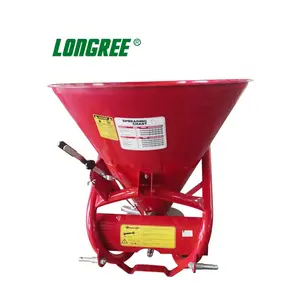

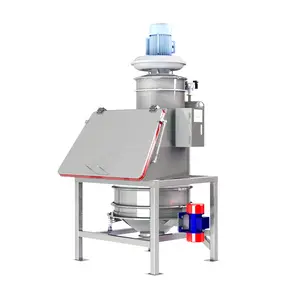

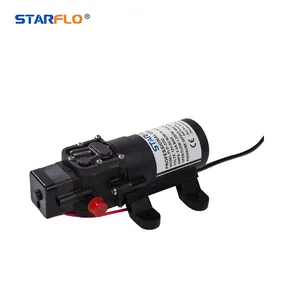









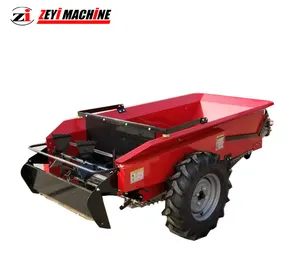

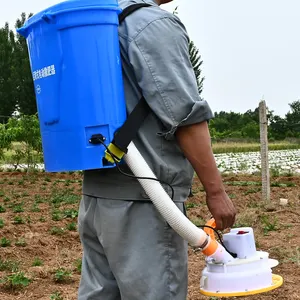

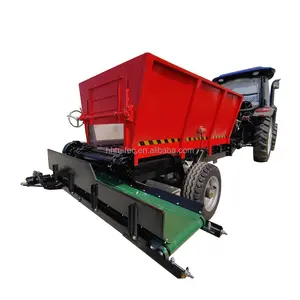


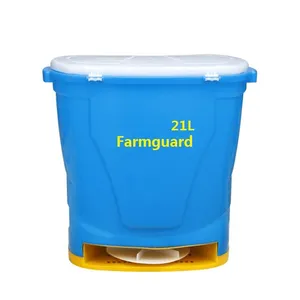



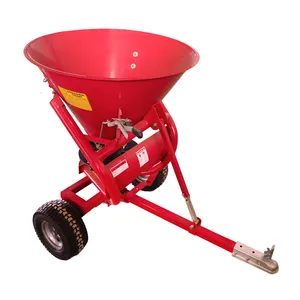

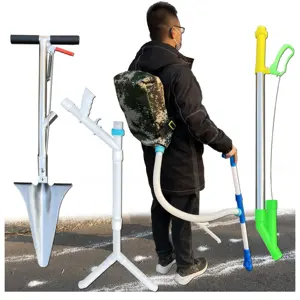











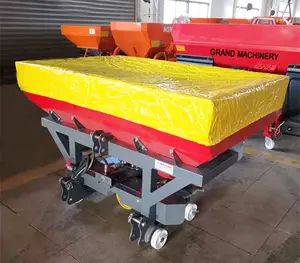



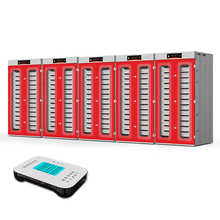
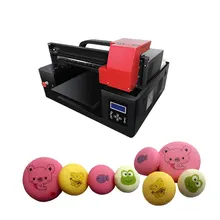






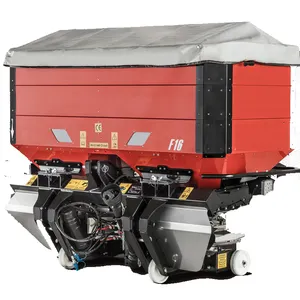
























 浙公网安备 33010002000092号
浙公网安备 33010002000092号 浙B2-20120091-4
浙B2-20120091-4